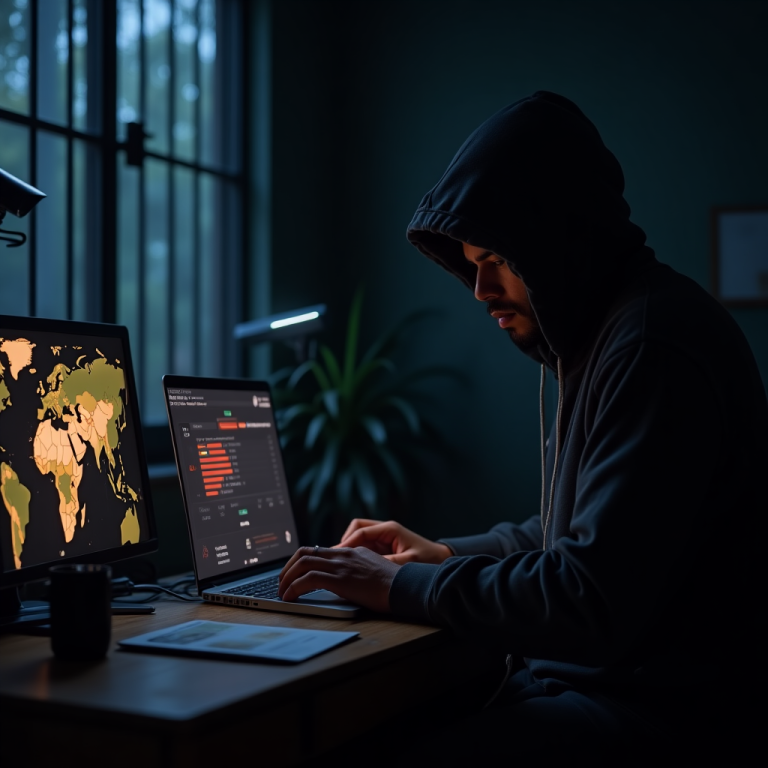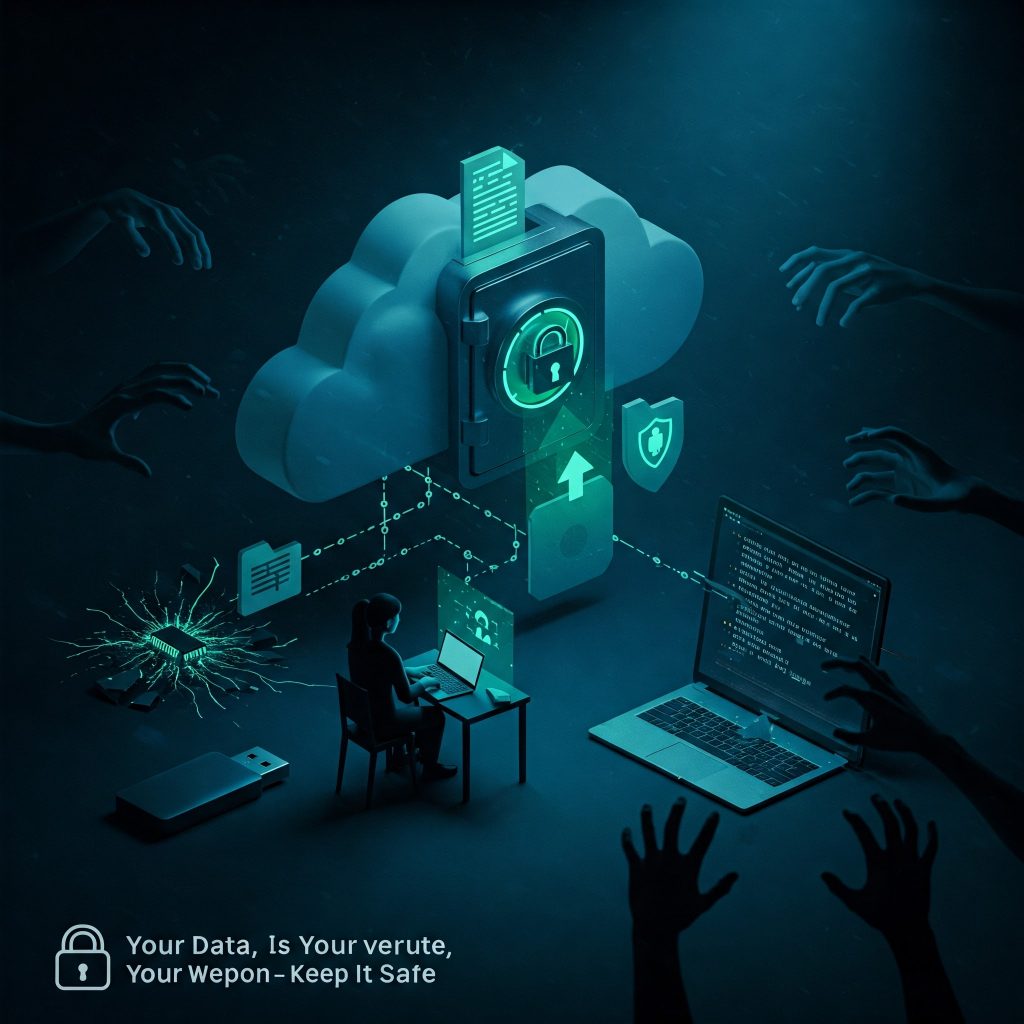The Threats: How Authorities and Malicious Actors Target Activists & Journalists
1. Blackmail and Intimidation
Many journalists and activists investigating corruption or human rights abuses face blackmail, either through fabricated evidence, leaked private communications, or threats to their families. In Kenya, Uganda, and Nigeria, we’ve seen cases where:
- Investigative reporters were sent doctored “compromising” materials to force them to drop stories.
- Activists had their personal data leaked to discredit them.
2. Surveillance and Spying
Governments and private actors increasingly deploy surveillance tech against critics:
- Pegasus spyware has allegedly been used in countries like Rwanda and Uganda.
- Fake social media accounts monitor and harass activists.
- SIM card registration laws make it easier to track dissidents as well as collaboration between authorities and Telcos.
3. Physical Assault by Hired Goons
Many governments outsource violence:
- Journalists covering protests are beaten or arrested – cases of journalists being hit by teargas canisters or bullets by “accident”.
- Human rights defenders are ambushed outside their offices or accosted in their cars in traffic (sounds familiar, right?).
4. Enforced Disappearances
In countries like Kenya, Cameroon and Ethiopia, outspoken critics vanish, only to reappear weeks later in detention, often tortured, or even dead.
How We Fight Back: Training, Profiling, and Risk Mitigation
1. Operational Security (OpSec) Training
Not all activists face the same risks. We tailor training based on threat models:
- For high-risk journalists: We recommend secure communications, burner devices, and emergency protocols.
- For CSOs: We recommend secure document storage, counter-surveillance tactics, end-point protection and periodic user awareness and training.
2. Profiling Surveillance Operators & Tech in Africa
I’ve mapped how governments and private actors use surveillance tools. Last month, I was able to highlight an emerging tool, Graphite, that has been on the rise giving Pegasus operators a run for their money.
- Kenya’s DMS (Domain Management System) monitors social media.
- Ethiopia’s Chinese-supplied surveillance cameras track activists. I understand similar tech may have been purchase by Kenyan authorities for monitoring traffic offenses.
- Private investigators hired to dig up dirt on critics.
3. Personal & Organizational Risk Reduction
- Encrypted messaging (Signal, Session) over WhatsApp.
- Secure backups (local + encrypted cloud storage).
- Counter-surveillance drills for high-risk individuals.
The Challenges: Why Protection Is Harder Than It Should Be
1. Limited Internet Access
Many African journalists work in areas with poor connectivity, making real-time cloud backups unreliable.
2. Lack of Awareness on Digital Threats
Most CSOs don’t realize they’re being monitored until it’s too late.
3. Expensive Security Tools
End-to-end encrypted phones, VPNs, and forensic tools are costly for underfunded groups.
4. Fear of Being Targeted
Many activists self-censor, fearing repercussions.
The Coming Storm: Kenya’s 2027 Elections & Beyond
As Kenya approaches another election cycle, we can expect:
✔ Increased blackmail and intimidation against critical voices.
✔ More surveillance under the guise of “national security.”
✔ Disinformation campaigns to manipulate public opinion.
✔ A surge in hate speech, fueling ethnic tensions.
Conclusion: Solidarity Is Our Best Defense
The fight for justice in Africa is dangerous, but not hopeless. By sharing knowledge, improving digital hygiene, and exposing surveillance abuses, we can protect those who defend the truth.
To journalists and activists reading this:
- Assume you’re being watched.
- Use encryption.
- Train your teams.
- Document threats.
To allies: Support organizations that provide digital security training to African activists.
The battle for transparency continues: stay safe, stay vigilant.
Discover more from Jones Baraza
Subscribe to get the latest posts sent to your email.


